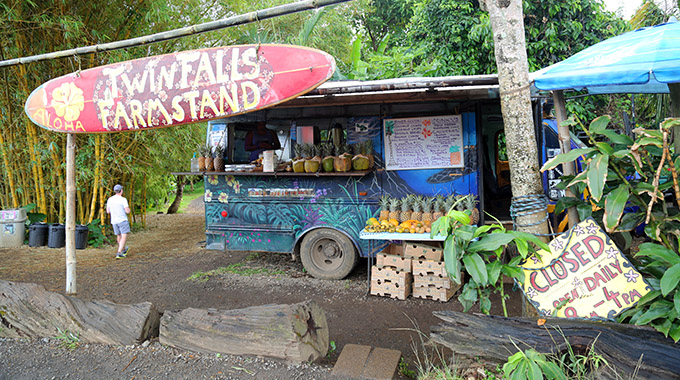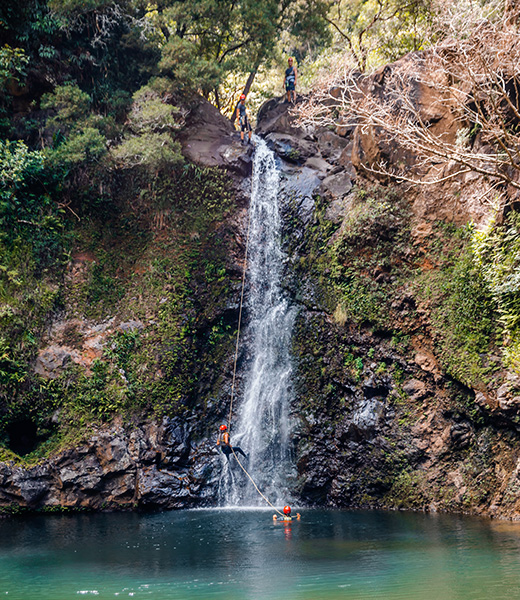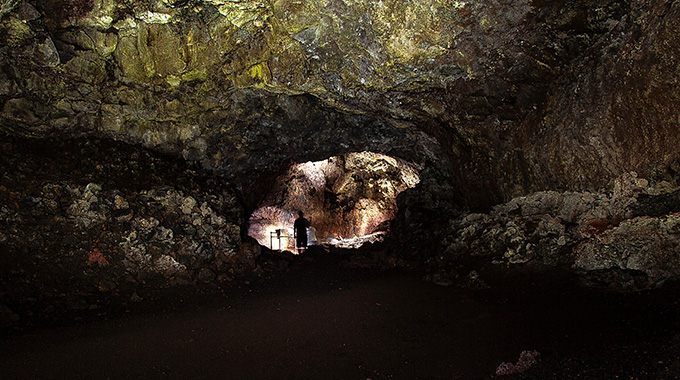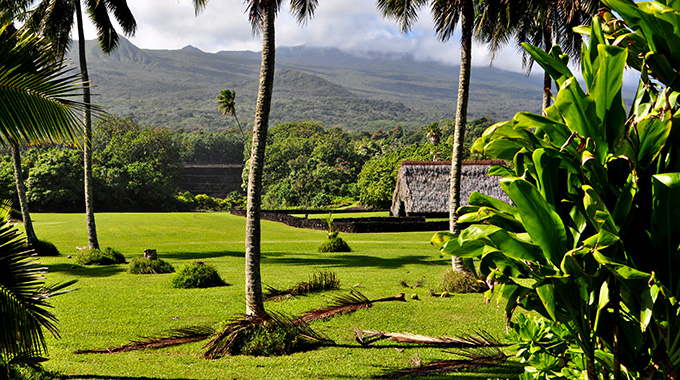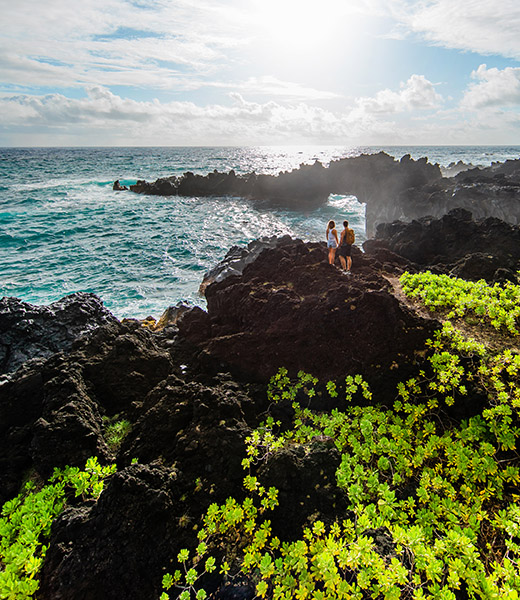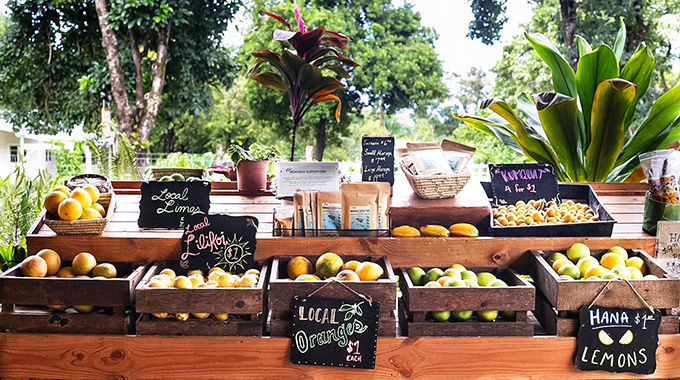Hawai‘i’s most beautiful drive is also its most challenging. The reason is especially obvious from the air: Fly over the road to Hāna and you’ll see a long, narrow ribbon of asphalt with hundreds of hairpin turns and dozens of bridges, most wide enough to fit just one car. And yet, the drive east from Kahului, Maui’s commercial hub, to the peaceful hamlet of Hāna is still worth every one of its 52 miles, revealing magnificent views of the azure sea, silvery waterfalls, and cliffs and forests brushed with a thousand shades of green.
This road trip can be done round-trip in about four hours, without stops, but why rush things? Better to make a full day of it with a cooler packed with snacks and beverages. But first, you should know Hāna Highway’s mile markers are a bit confusing. Starting at 0 in Kahului, you’ll be on Route 36 of the highway, going east. It goes to Mile Marker 16, about 9 miles past Pā‘ia town. There, at the junction with Kaupakalua Road, Route 36 turns into Route 360, and the markers reset to 0, which is the basis point for sites listed in this story. And with COVID-19 safety in mind, be sure to review the “Hana Maui/Road to Hana Drive With Aloha” information.
Ready to go? Here are five must-stops along the way (and scroll through to the end for seven great tips).


